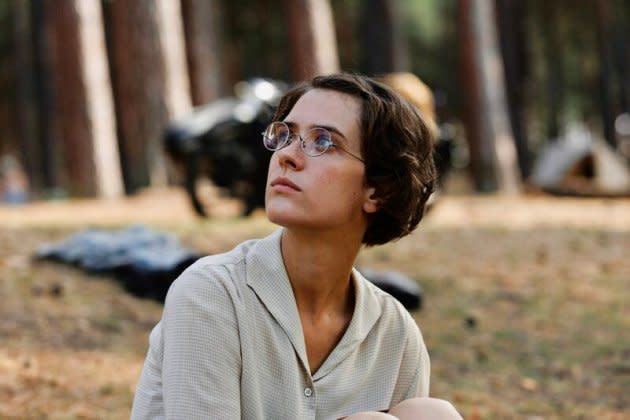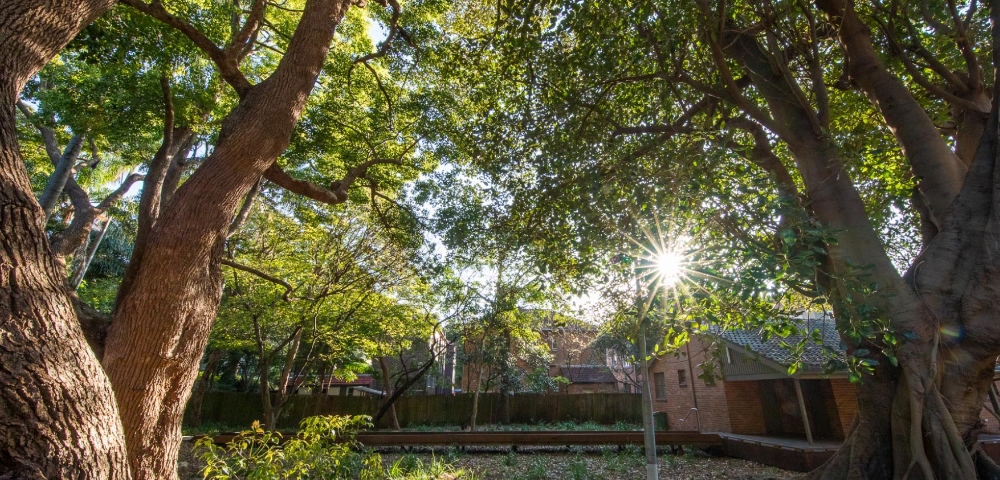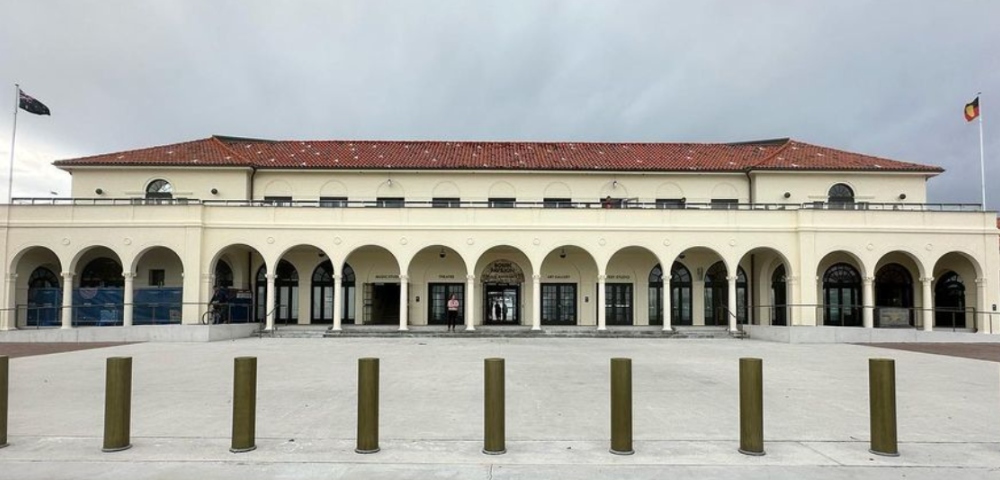
Australia Day for all Australians – four-legged, hairy ones too!
Hope that you enjoyed Australia Day, in true iconic style, but did you consider the many local Aussies for whom this Australia Day may be their last’
Australia is in the alarming position of having the highest rate of species extinction of any developed nation. In our lifetime many of our unique plant and animal species will disappear ‘ and human impact is largely responsible for putting pressure on them.
Almost one in five of our mammal species are facing extinction, according to the International Union for the Conservation of Nature. Some of the more high profile endangered species include, grey nurse sharks, loggerhead turtles, blue whales and wedge tailed eagles. There are also many other birds; an alarming number of frogs and also mammals which include Quolls, Bandicoots and Wallabies perilously close to the edge.
There’s no time to lose if we seriously care about bringing these species back from the brink of extinction. Little is being done by our governments to stop a biodiversity crisis, so it is up to the community to act on changes that they want to see.
Help keep true Aussie locals, local. Small and thoughtful changes in our daily habits can ensure that there is enough biodiversity for all Australians, specifically native animals.
Consider some of these ideas:
Use natural Australian plant disinfectants and cleaning products ‘ Eucalyptus and Tea tree oils are effective and have medicinal properties. This also creates a demand for these tree species to be cultivated.
Make sure pet cats are de-sexed, have bells on their collars and are inside at night. Cats and dogs in cities and suburbs kill hundreds of native birds, possums and reptiles each year.
Become a WIRES rescuer or foster carer and look after injured wildlife. Visit www.wires.org.au
Fix a leaky tap ‘ save up to 30 litres of water per day. The more water we can save, the fewer natural areas have to be flooded to create dams.
Make your own native habitat ‘ Bush rock, wrought iron and old fence pailings and hollow logs make great habitat for many species, particularly lizards.
Plant local native plants to create food source and habitat for native species. Grow ground cover such as prostrate grevillea instead of lawn. Native gardens are cheaper as they need less water, pesticide and fertilizers.









